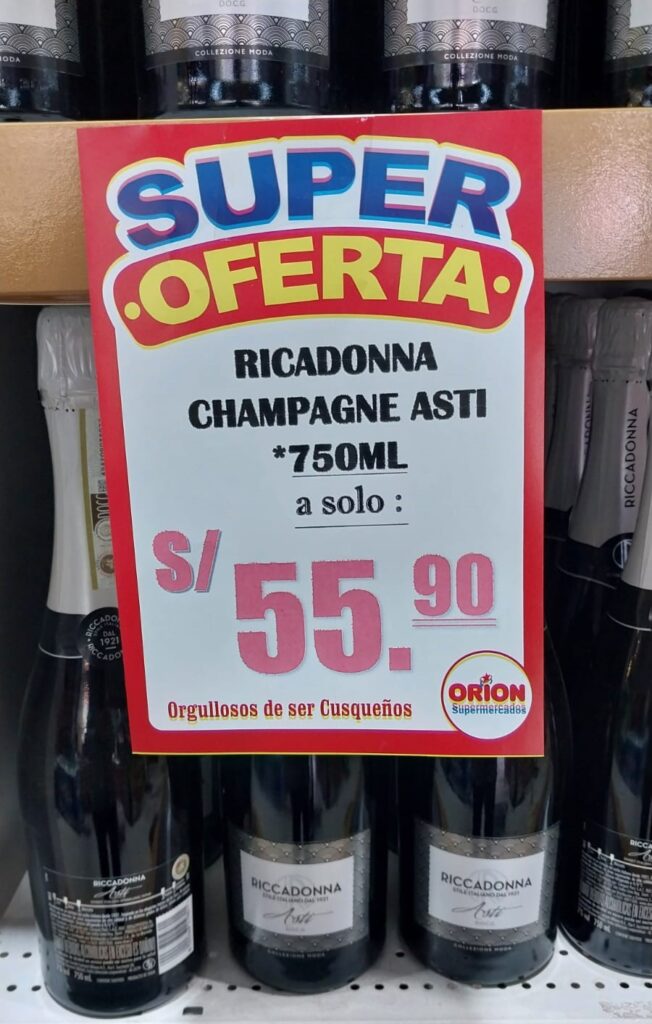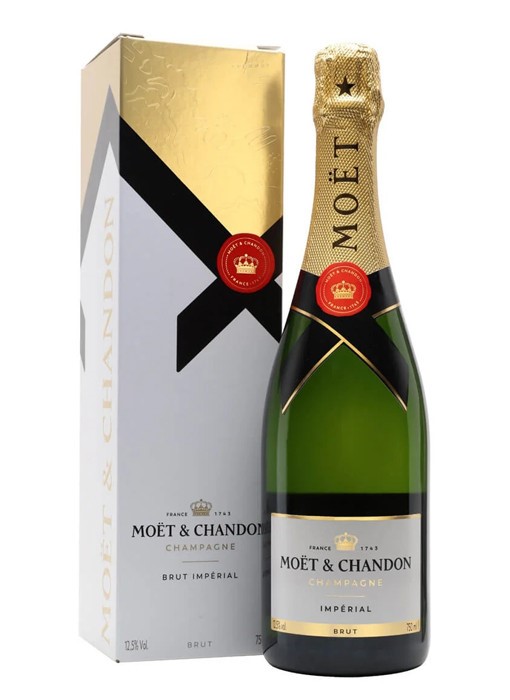French and Italian Sparkling Wine in one Bottle?
Wine-wise there is a problem with the Cusco supermarket sign shown in the photo below and one that a lot of people don’t notice. Probably the vast majority of people don’t even care why the label is wrong, but we cannot just let it go! Malka and I, at the Sacred Valley Wine Club, dearly want to impart a little wine knowledge to those who do care, even if they only care a tiny bit!
We are not wine snobs, but we are sticklers for certain details. We are convinced that knowing a little more about wine makes choosing and drinking it even more enjoyable. We are not saying you need to know about planting densities, pH or grape yields (although we love that stuff!) but just knowing a little extra makes the wine experience better.


This price sign is a classic example of a major misunderstanding, not just in Peru, but in many countries where the wine-drinking market is not as mature as it is in Europe and the United States, but even in those markets, people may well be using the word “Champagne” for any sparkling wine they drink.
Wine is grown and produced in defined geographical areas, which can range from tiny plots of vineyards, with just a few rows of vines, in Burgundy for example, to huge expanses of certain countries, such as Western Australia or La Mancha in Spain. A geographical specification will be indicated on the bottle, often with more regional appellation or vineyard information which makes the wine even more specific (and generally more costly). The variety and wine style may be specified also, although sometimes it is down to the consumer to know which grapes are used. Cornas is a bottle of 100% Syrah from the Northern Rhone, for example.
What is Champagne and Asti?
Champagne comes from an appellation predictably called Champagne, in northern France. The appellation rules cover the geographical area where grapes are grown, where the wine is made, the types of grape varieties you can use and the method of production. The method of sparkling wine production is something we will cover another time but in the case of Champagne, it is the “Traditional Method”.
Asti is another appellation but this time from Northern Italy. Again the rules state that specific grapes must be grown and wine made in a specific area around the town of Asti, so no surprise there! In addition, this Asti sparkling wine is made via the “Charmat Method” so it is different to Champagne in several ways.
So What is Wrong Here?
The sign suggests that the wine in this bottle is both Champagne and Asti, now you can appreciate why this triggers us. The truth is that many people say “Champagne” when they are referring to any sparkling wine, regardless of origin and production method, and we all know what they mean. But it just isn’t correct.
Something that definitely cannot be done is to mix wine from two different countries. Neither can you blend two wines, made in two different ways, so you get a double whammy of wine faux pars!